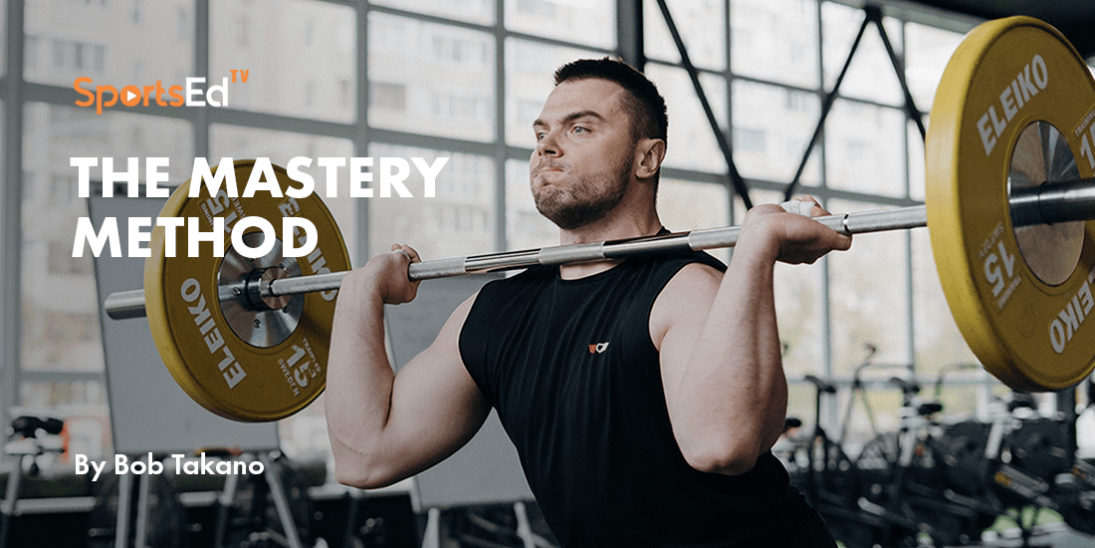Weightlifting
Welcome and thanks for visiting...

Weightlifting: ALL ABOUT PERCENTAGES

Getting Started with Percentages in Programming
For those new to programming, it’s probably helpful to cover the concepts of the percentages used in program design. Many people delve into training without a solid understanding of percentages' influence on developmental progress. Many athletes don’t even know there is a reason to select certain weights in training. They don’t know that one training goal is to ensure that both strength and speed are developed simultaneously and that the percentages of training weights greatly influence this process. Without a sound grounding in the use of percentages, a lifter, upon encountering a well-written training program, would be unable to understand how to select appropriate weights. This article will attempt to clarify the issue.
Establishing Your 100% Figures
Determining the 100% figure The first thing to do at the beginning of a training macrocycle is to determine the four 100% figures necessary to do calculate the rest of the arithmetic involved. 100% figures (or goal weights) should be determined at the beginning of a macrocycle for four lifts: snatch, clean & jerk, back squat, and front squat. These figures should be based on the heaviest successful competition lifts in the immediate past macrocycle for the snatch and clean & jerk. The clean & jerk 100% should be determined first, and then the snatch should ideally fall within the 78% to 82% range of clean & jerk. Once the clean & jerk 100% is determined, the back squat 100% can be calculated. Ideally, it should be at least 131% of the 100% clean & jerk figure. The front squat goal weight can then be determined, and it should be at least 105% of the 100% clean & jerk figure. These numbers may not be attainable during the early phases of the athlete’s lifting career, but they should provide guidelines for calculating the figures.
Exercise Percentages Breakdown
Which exercises apply to each 100% figure? 100% figures for the following exercises are the same as they are for the classic snatch.
Snatch Deadlifts
Snatch Extensions and High Pulls
100% figures for the following exercises are the same as they are for the classic clean & jerk.
Clean Extensions and High Pulls
Clean deadlifts 100% figures for the following exercises are the same as they are for the Back Squat
Eccentric Back Squat
100% figures for the following exercises are the same as they are for the Front Squat
Eccentric Front Squat
Understanding Average Relative Intensity
The greatest gains in the total will occur when the Average Relative Intensity is approximately 77%. This number can be calculated by determining the relative load and dividing it by the volume. When the Average Relative Intensity is too low, the snatch will improve more rapidly than the clean & jerk, while the reverse is true if the Average Relative Intensity is too high.
The Importance of Tracking Your Progress
Keeping a training journal and then entering that data into a spreadsheet will enable the athlete to determine the efficacy of a given program and how to modify it for future improvement.








